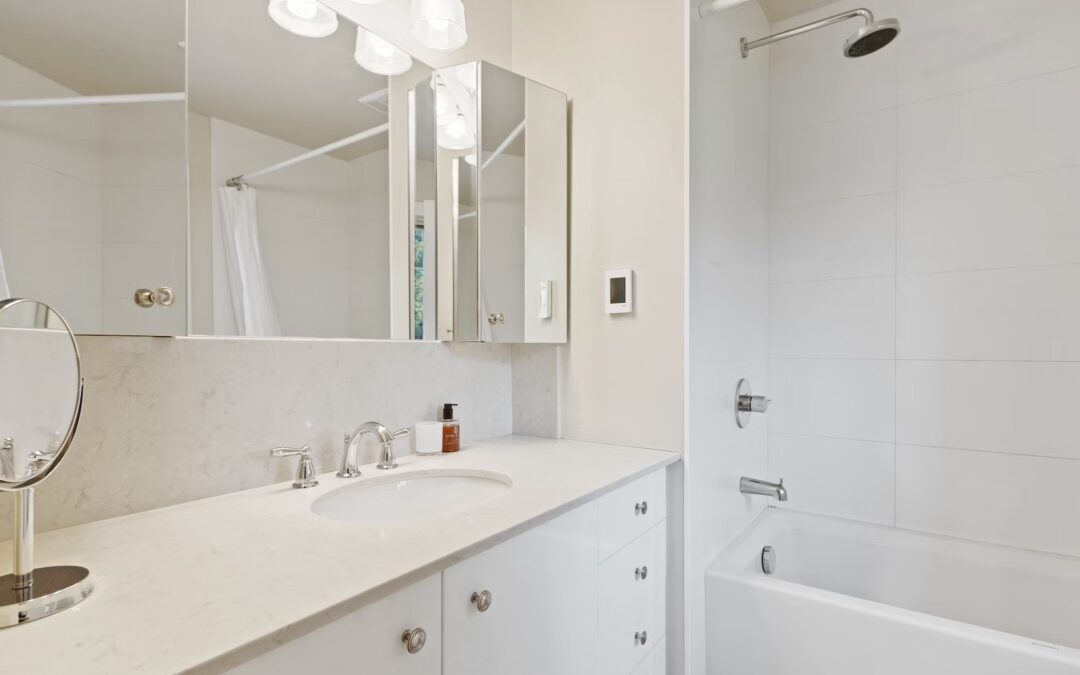Efficient drainage systems are essential for maintaining a clean and functional environment. In this blog, we will explore the installation process of click drains, a modern and convenient solution for effective water management. Click drains offer a user-friendly approach, allowing for quick and hassle-free installation. We will delve into the steps involved, discuss their benefits, and provide new ideas and advice to ensure a successful installation. Let’s dive into the world of click drains and discover how they can streamline your drainage system.
- Understanding Click Drains: Click drains, also known as modular or snap-together drains, are innovative systems designed for easy installation and maintenance. Unlike traditional drains that require extensive expertise and time-consuming processes, click drains feature interlocking components that fit together seamlessly, simplifying the installation procedure.
- Assessing Drainage Needs: Before installing click drains, it is crucial to assess your specific drainage requirements. Identify areas prone to water accumulation, such as driveways, patios, or poolside, and determine the volume of water flow that needs to be managed. This assessment will help you select the appropriate click drain system, ensuring optimal performance.
- Preparation and Excavation: Once you have selected the appropriate click drain system, prepare the installation area by marking the desired drainage path. Using a shovel or a trenching tool, excavate the area along the marked path, ensuring the trench is wide and deep enough to accommodate the click drain components.
- Leveling and Compaction: To ensure proper water flow, it is essential to create a level and compacted base for the click drain system. Use a leveling tool or a screed board to smoothen the excavated trench and ensure uniformity. Compact the base using a hand tamper or a compactor to provide stability and prevent settling.
- Installing Click Drain Components: Click drains consist of interlocking segments that connect seamlessly, creating a continuous channel for water to flow. Begin the installation by placing the first click drain segment at the starting point of the trench. Continue adding the remaining segments by aligning the connectors and pressing them together firmly until they audibly click into place.
- Customization and Expansion: One of the advantages of click drains is their modular nature, allowing for customization and expansion as needed. You can easily trim the drain segments to fit the desired length using a handsaw or a specialized cutting tool. Additionally, if your drainage requirements change in the future, you can easily add or remove segments to accommodate the new layout.
- Securing and Testing: Once all the click drain segments are installed, ensure they are securely in place by lightly compacting the surrounding soil or using a suitable adhesive recommended by the manufacturer. Finally, test the drainage system by pouring water into the drain channel and observe the flow. Make any necessary adjustments to ensure proper water management.
- Regular Maintenance: To keep your click drain system functioning optimally, regular maintenance is essential. Remove debris, leaves, or any other obstructions that may accumulate in the drain channel. Periodically inspect the system for signs of damage or wear, and address any issues promptly to prevent potential drainage problems.
Conclusion
Installing click drains provides a streamlined and convenient solution for effective water management. With their user-friendly design and easy installation process, click drains simplify the task of establishing efficient drainage systems. By assessing your drainage needs, properly preparing the installation area, and carefully following the installation steps, you can ensure a successful installation. Embrace the benefits of click drains to streamline your drainage system and enjoy a clean and functional environment with minimal effort.

